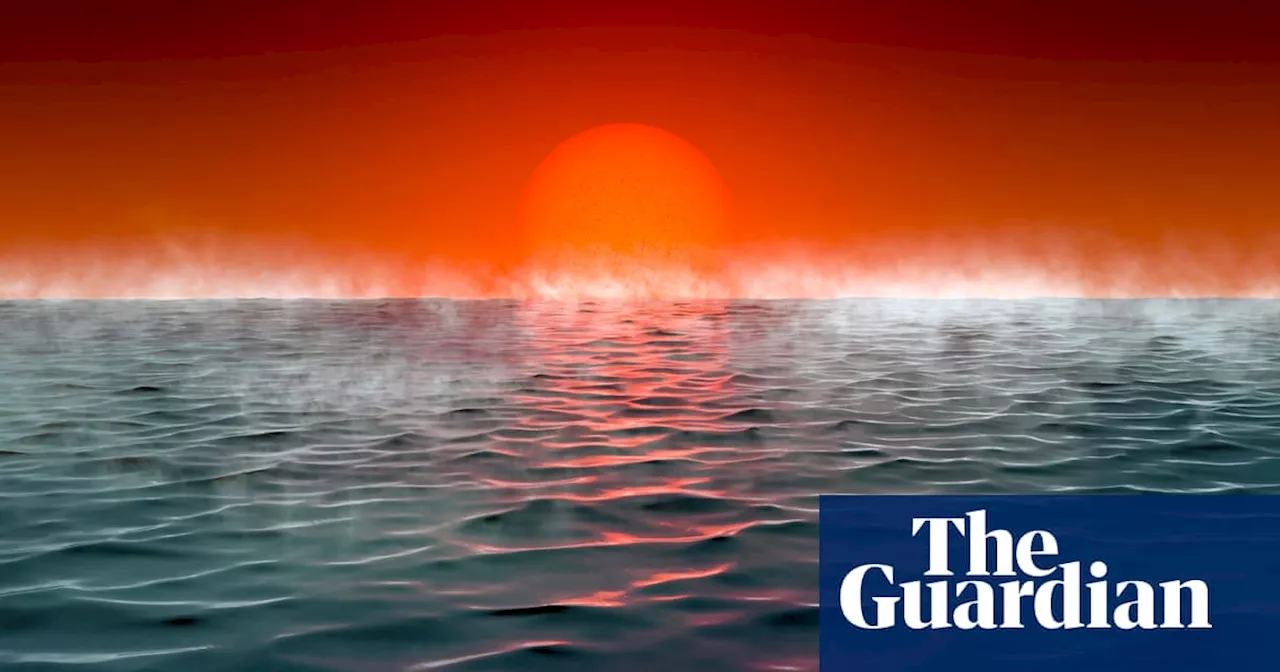Exclusive: Significant discovery, made by James Webb telescope, provokes disagreement over conditions on planet’s surface
An artist’s impression of the surface of a ‘hycean’ planet – one with a liquid water ocean beneath a hydrogen atmosphere.An artist’s impression of the surface of a ‘hycean’ planet – one with a liquid water ocean beneath a hydrogen atmosphere.Astronomers have observed a distant planet that could be entirely covered in a deep water ocean, in findings that advance the search for habitable conditions beyond Earth.
Whichever view wins out, these latest observations showcase the stunning insights James Webb is giving into the nature of planets beyond our solar system. The telescope captures the starlight that has been filtered through the atmospheres of orbiting planets to give detailed breakdowns of the chemical elements present. From this, astronomers can build up a picture of conditions at a planet’s surface – and the likelihood of life being able to survive there.
Conditions would be very different from those on Earth. TOI-270 d is tidally locked, meaning one side permanently faces its star and the other is bathed in eternal darkness, creating an extreme temperature contrast.“The ocean would be extremely hot on the day side. The night side could potentially host habitable conditions,” said Madhusudhan. But there would be a crushing atmosphere, with tens or hundreds of times the pressure at the Earth’s surface, and steam rolling off the ocean.
“We can’t tie to biological activity,” said Madhusudhan. “In a hydrogen-rich atmosphere, it is relatively easy to make it. But if we’re able to measure the unique molecule it’s promising that we should be able to measure habitable planets in the future.
